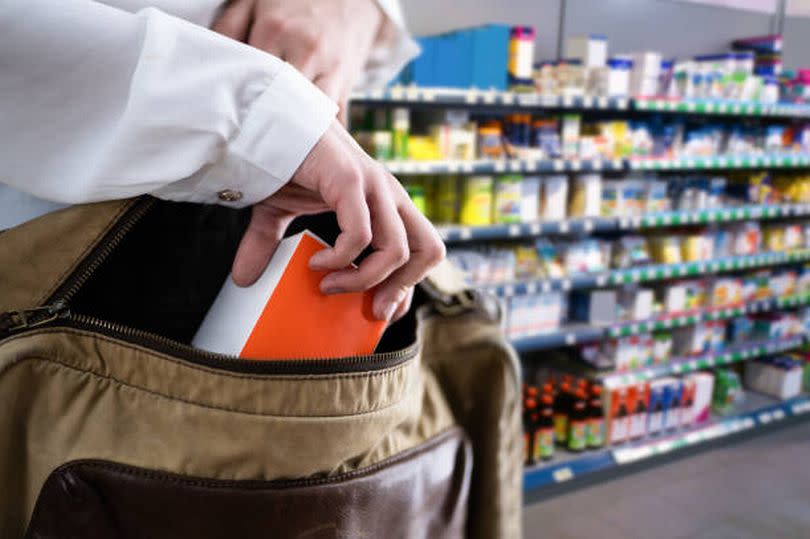Map shows rise in shoplifting offences across the North East with one area seeing 104% jump

Shoplifting offences increased by 44% across the North East in 2023, figures from the Office for National Statistics have indicated.
This is higher than the national average for England and Wales, where the increase was 37%. This is a rise from around 315,000 crimes in 2022 to a record 430,000 offences.
In the North East, shoplifting increased from 20,586 crimes in 2022 to 29,675 in 2023. However, in some parts of the region, the rise was much steeper.
Read more: Serial shoplifter banned from range of UK supermarkets after tormenting Sunderland businesses
Home office figures show that in South Tyneside, police recorded 935 offences in 2022, and 1,910 in 2023 - a 104% rise. That was the highest increase in the North East's 12 police community safety partnership areas - which broadly match local authority areas - spread across the police force areas of Northumbria, Durham and Cleveland.
Hartlepool was next with an 82% rise from 1,075 offences to 1,961, and then Darlington, where shoplifting rose by 79% from 622 crimes to 1,113. Middlesbrough was the only part of the North East where shoplifting fell slightly from 1,809 crimes in 2022 to 1,803 in 2023.
You can see whether shoplifting is rising or falling where you live using our interactive map.
Following the publication of the figures, the British Independent Retailers Association (Bira) has called for more to be done to protect retailers, shoppers and shop workers. The association, which works with more than 6,000 independent businesses of all sizes across the UK, said a survey of members revealed that 35% had experienced verbal abuse within their shops.
Bira says that its research has shown that "incidents of physical abuse remain alarmingly high, with an increase in shopkeepers facing violence, including threats with weapons such as needles, knives, and even instances of hammers being thrown at them". It says 70% of retailers and their employees who were physically assaulted opted not to report the incidents to the police.
John Halliday, Bira's marketing director, said: "The latest ONS crime figures paint a troubling picture for independent retailers and businesses across the UK. The 37% increase in shoplifting highlights the significant challenges faced by our sector. Retail crime not only inflicts financial losses but also poses a grave threat to the safety and well-being of shop staff and customers.
"It's imperative that urgent action is taken to address this concerning trend and ensure the security of both businesses and their employees and customers. Bira has been trying to tackle this issue for a long time and will continue to work with the Home Office and police forces to better protect businesses, their owners, and people who work in the shop."
Bira has called for "immediate and decisive action" to combat retail crime, including increased police presence in retail areas, improved reporting mechanisms, and enhanced support for victims. In April, the Government launched a new initiative aimed at tackling retail crime, including a standalone criminal offence for assaulting shop workers.
Assistant Chief Constable Alex Goss, the National Police Chiefs' Council's lead for retail crime, said shoplifting had a "devastating impact on businesses and communities". He added: "Since the launch of the Retail Crime Action Plan and Pegasus Partnership in late 2023, we’ve made significant progress in our policing response to shoplifting and it was encouraging to see much higher levels of confidence from retailers in policing at our recent roundtable.
"The recent proposed new standalone offence for assaults on retail workers demonstrates that violence will not be tolerated and we hope it will enable swift justice for those subject to this shocking and disturbing behaviour."
Mr Goss said a dip sample of 31 forces across the UK in December showed police attended 76% of incidents where a shoplifter was detained and 60% where violence had been used, with nearly one in five forces recording a 100% attendance.

 Yahoo News
Yahoo News 
